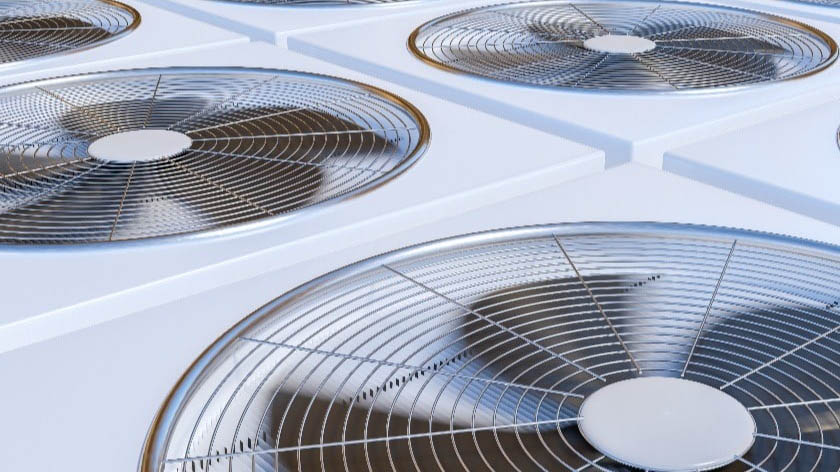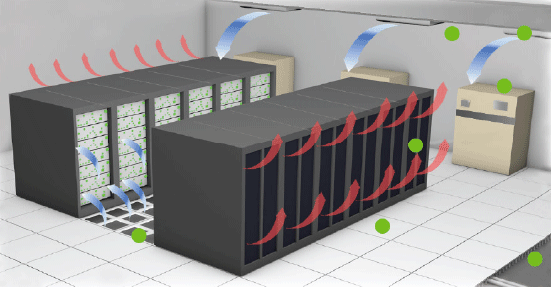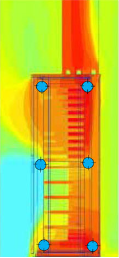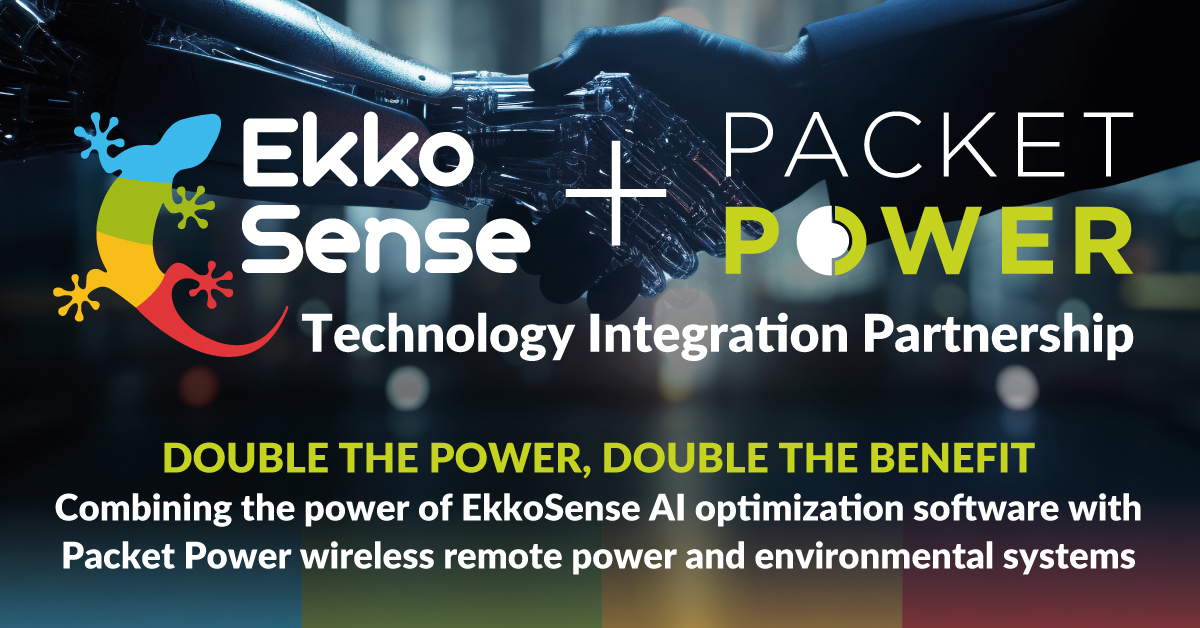Data Center Cooling Optimization Is Easier Than You Think
One of the most contentious areas of data center operating cost reduction is cooling. There is an ongoing tension between lowering cooling costs and...
2 min read
![]() Packet Power Team
:
Dec 8, 2022 9:00:00 AM
Packet Power Team
:
Dec 8, 2022 9:00:00 AM

Conditioning the air in your building costs a lot of money, but a well-run facility helps you turn a profit. In industries like data centers, cooling systems can account for 30-50% of energy expenses. Cold air is also a huge expense for refrigerated food storage, cold-chain warehouses, and large office complexes where thousands of people work. As energy prices continue to rise, knowing what influences your cooling system’s operation is more important than ever.
When designing a new commercial space, an HVAC engineer calculates the number of BTUs needed to be removed to cool a space, mostly based on its square footage. BTUs (British Thermal Units) are a measure of heat and commonly used in rating devices like air conditioners and furnaces.
To determine possible cooling costs for an existing space, begin with the BTU rating of your cooling system. Then convert BTUs to kilowatts, multiply that by your kilowatt hour energy rate, and you get a dollar figure estimate. For example, a 120,000 BTU (10 ton) air conditioner consumes approximately 36 kWh -- 120,000 x 0.0003 (roughly the number of kilowatt-hours in one BTU). For a facility with an AC unit operating 24 hours a day, this unit would use 864 kWh each day (36 kWh x 24 hours).
If the AC unit runs each day for a month, multiply the daily 864 kWh by 30 days to get 25,920 kWh per month. Then multiply that total by your monthly electricity rate; the average commercial rate in the U.S. is $0.13 per kilowatt-hour. You pay $3,370 each month for a single air conditioner. This is the theoretical monthly operating cost for your air-conditioning equipment.
We say "theoretical" because other factors influence operating costs. Here are some other considerations to further sharpen your cooling cost estimate.
The operational efficiency of your cooling system is impacted by location. Are you cooling a space located in a warmer region of the world? Are energy costs significantly higher or lower than the national average? Is your cooling system required to operate in extreme temperature differences?
You’ll need to take into account environmental data such as the outside air temperature as well as the indoor and outdoor humidity. How many people work in the space and do they come and go often -- opening doors to a different environment that alters the temp regularly? Is your AC system’s air flowing to the right places and at the right volume? How many computers or other high energy use equipment is in the space, and what is the amperage draw of that equipment?
Different factors need to be considered when cooling a refrigerated space to store perishable foods or medicine, or a concert hall to keep artists and fans comfortable.
In the end, you just want to know how efficiently you can cool a building to your desired temperature range. It all boils down to information. Are you tracking what’s happening in your critical spaces?
With proper environmental monitoring equipment, you can track room temperature at specific points, watch the relative humidity, and check airflow by monitoring pressure differentials across spaces. With this information, you can identify areas where you don't have to run your cooling equipment as often or at as cool of a temperature. There might be times when less cooling is needed and still operate within your desired temperature range.
Packet Power environmental monitors run on battery or AC power. Data delivery is wireless, secure, and you can transmit the information to building automation software you already use. Packet Power originally designed wireless monitoring systems for data centers, but they’re now used in critical facilities worldwide.
Resource: Best Practices for Data Center Monitoring
Armed with this data, you can make decisions that help you lower operating costs, maintain your high-standard environmental conditions, and protect your crucial equipment and inventory. See how Packet Power environmental monitors can help you keep it cool and save money.

One of the most contentious areas of data center operating cost reduction is cooling. There is an ongoing tension between lowering cooling costs and...

Cooling represents one of the largest portions of data center energy usage -- 20-35% on average. Most data centers are overcooled with ambient...

Packet Power customers gain access to EkkoSense’s innovative AI-based 3D visualization and analysis software and unique Cooling Advisor...